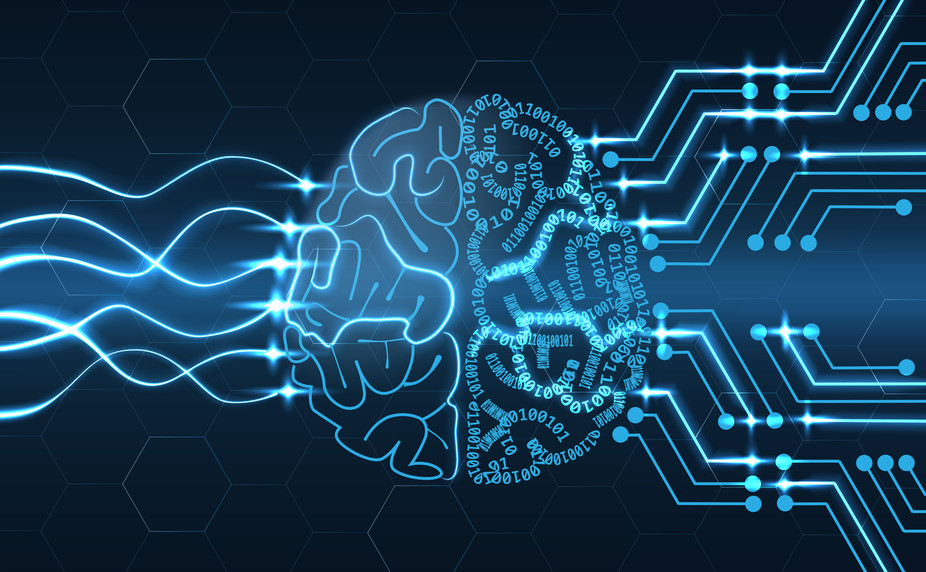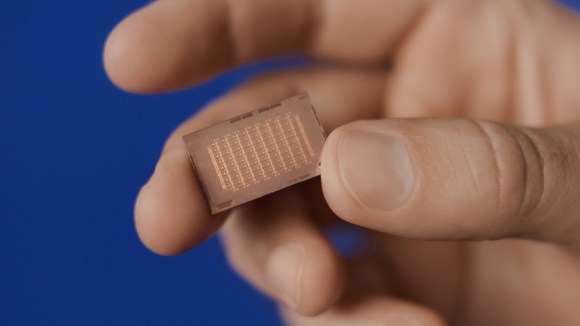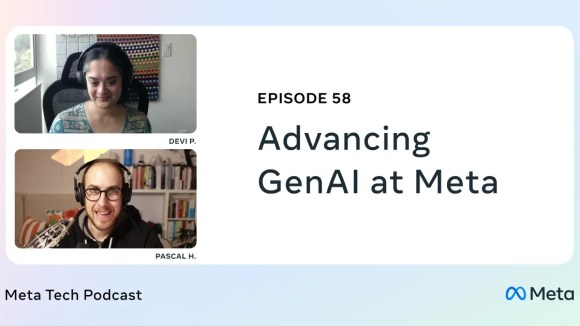The idea of intelligent machines has fascinated people for centuries. And while it may seem like something out of science fiction, people today use artificial intelligence every day in their smartphones, houses, cars and more. It’s becoming more and more prevalent in our world. At Facebook, we use AI to translate text between languages, to describe images for visually impaired people, and more. In this video, our head of AI research, Yann LeCun, explains some of the key concepts that make all of this possible and why you should care.
Machine Learning
Can you tell the difference between a car and a dog? That’s probably easy for you, but it’s very complex to teach computers how. The process is called machine learning, and with the right algorithms we can train a computer to recognize objects in images. Check out this video to learn how it works — right down to the pixels.
Gradient Descent
Artificial intelligence is all about math. For example: Gradient descent is a mathematical technique used while training a computer. By calculating how every adjustment in the training will affect the accuracy of the final result, we can teach computers to distinguish between objects in images (like a car and a dog) with lower levels of error. This video explains how.
Deep Learning
When you look at a dog, you immediately know it’s a dog. But computers work differently. To understand an image, intelligent machines need to complete several steps, or “layers” of processing to identify all the features that make up the whole. This is deep learning. Watch this video for a window into how computers “think.”
Back Propagation
With deep learning, a computer performs several layers of processing in order to identify objects in an image. As this happens, it’s important to know how each layer of processing specifically affects the end result. An algorithm called back propagation makes this possible. Learn more:
Convolutional Neural Networks
In an image, the same object can appear in many different positions — For example, a dog can be lying down or standing up, jumping or facing backward. This makes it very difficult for a computer to recognize a dog in all its possible forms. To do so, we use convolutional neural networks — a way of structuring a deep learning system inspired by the architecture of the human brain. With multiple detectors that each recognize a specific part of the dog, computers can better recognize that object. This also works for text recognition, speech understanding, and is part of many self-driving cars.













